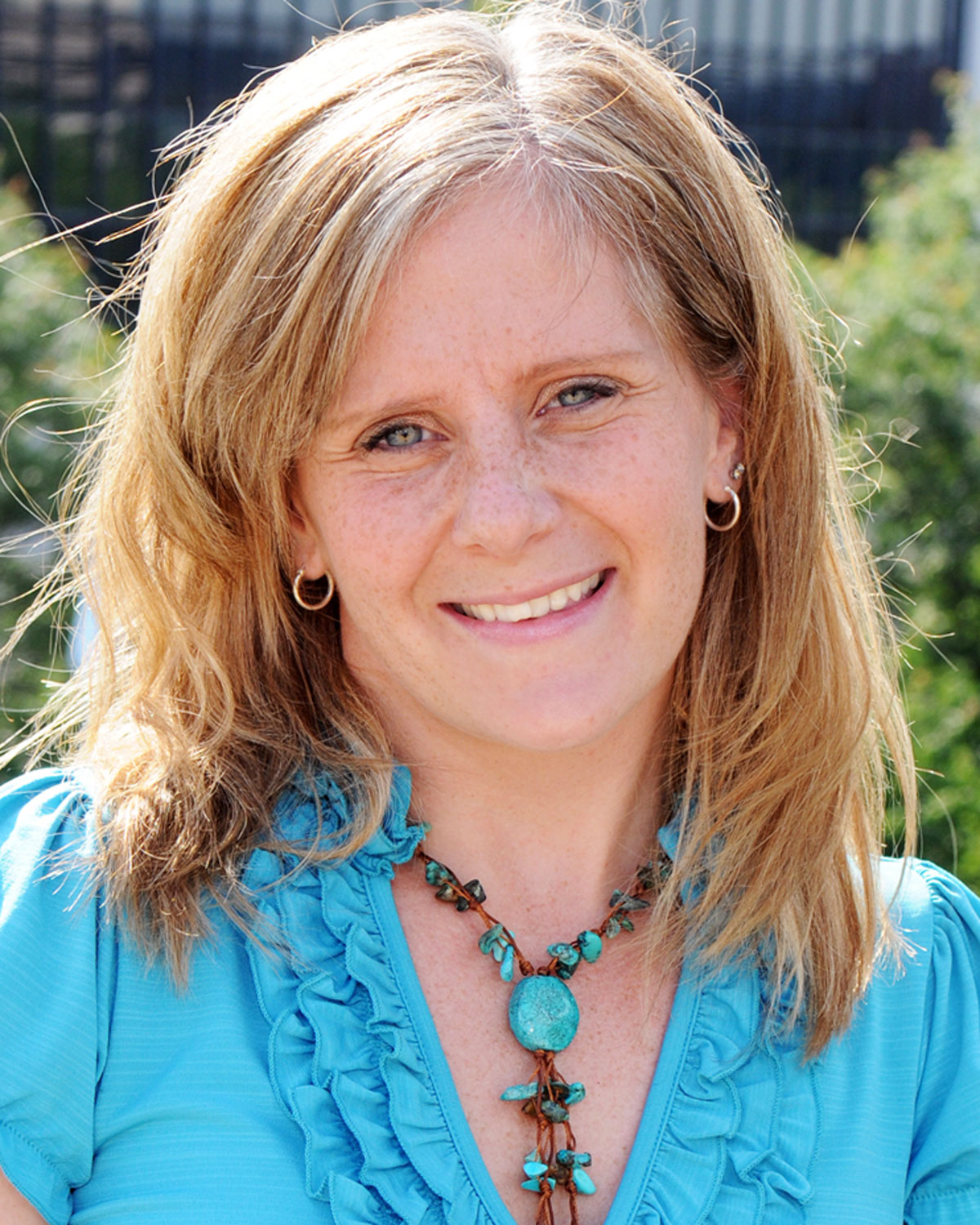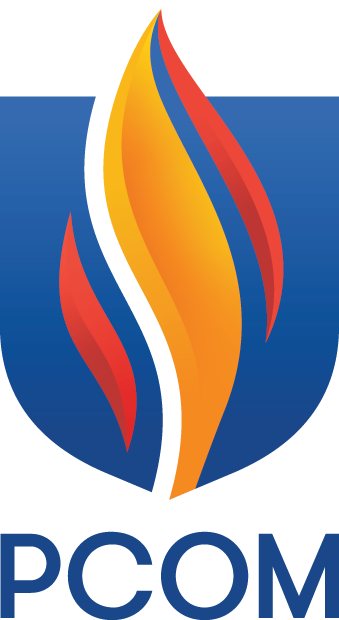Studying Subtle Changes in Teen Suicide Risk
December 19, 2017A recent study from the U.S. Centers for Disease Control and Prevention found a startling
rise in attempted suicides and self-injury among children and teens—particularly among
girls aged 10-14. Between 2009 and 2015, researchers found that visits caused by either
attempted suicide or self-injury nearly tripled for this age group.
 Terri Erbacher, PhD, clinical associate professor, psychology, says that just as parents
and clinicians take part in monitoring children after an initial attempt, schools
need to take an active role as well. Dr. Erbacher has worked with several school districts
to identify and monitor students at risk for suicidal behavior, and in 2015 created
the Suicide Risk Monitoring Tool (SMT), because she saw a gap between when a student
is identified as having suicidal thoughts and behaviors, and how they’re monitored.
Terri Erbacher, PhD, clinical associate professor, psychology, says that just as parents
and clinicians take part in monitoring children after an initial attempt, schools
need to take an active role as well. Dr. Erbacher has worked with several school districts
to identify and monitor students at risk for suicidal behavior, and in 2015 created
the Suicide Risk Monitoring Tool (SMT), because she saw a gap between when a student
is identified as having suicidal thoughts and behaviors, and how they’re monitored.
“For many children, suicidal thoughts don’t just go away,” she explained. “It’s a
chronic issue, especially if they've had more than two attempts in their lifetime.
It’s important to establish a baseline—we need to understand the level each student
starts at, and how those levels fluctuate. If their baseline is a four, for example,
we need to keep an eye on when it’s creeping up to a seven. And then we determine
the best way to take action.”
Dr. Erbacher likens use of the SMT to any other chronic condition. “When you’re first
diagnosed with diabetes, you have to continue to monitor your A1C levels, and take
action when they get too high. This is similar, but for suicidal risk.”
Dr. Erbacher and her colleague Jonathan Singer at Loyola University in Chicago, recently
published a case study in Contemporary School Psychology demonstrating how the SMT can be used with students in a school setting.
The tool was used to find the baseline for a student returning to class after being
hospitalized, and to track a rise in her risk level over the following weeks. The
tool allowed school counselors to identify a rapid rise in her level of risk on a
particular day—a matter of hours—and intervene quickly to prevent the student from
self-injury and from following through with the student’s suicide plan.
While tools currently exist to both screen for and assess suicide risk, Dr. Erbacher
says there is no other tool that allows both schools and clinicians to monitor that
risk over time, so that subtle changes can be identified early. She added that several
schools have adopted the SMT and overall, the response has been positive.
“There is an initial time investment when the SMT is first implemented, but when you
don’t have to send a child to the hospital and then reintroduce them to the academic
setting—it’s far less time invested in the long run,” she explains. “Also, there’s
no amount of time too great to save a child’s life—districts will do whatever they
can to save a student.”
You May Also Like:
About Philadelphia College of Osteopathic Medicine
Established in 1899, Philadelphia College of Osteopathic Medicine (PCOM) has trained
thousands of highly competent, caring physicians, health practitioners and behavioral
scientists who practice a “whole person” approach to care—treating people, not just
symptoms. PCOM, a private, not-for-profit accredited institution of higher education,
operates three campuses (PCOM, PCOM Georgia and PCOM South Georgia) and offers doctoral degrees in clinical psychology, educational psychology, osteopathic
medicine, pharmacy, physical therapy, and school psychology. The college also offers
graduate degrees in applied behavior analysis, applied positive psychology, biomedical
sciences, forensic medicine, medical laboratory science, mental health counseling,
physician assistant studies, and school psychology. PCOM students learn the importance
of health promotion, research, education and service to the community. Through its
community-based Healthcare Centers, PCOM provides care to medically underserved populations.
For more information, visit pcom.edu or call 215-871-6100.
Contact Us
For general media inquiries, please contact the Office of Marketing and Communications
at 215-871-6300 or communications@pcom.edu. Visit our media relations page to view contact information for public relations personnel.
Connect with PCOM

 Terri Erbacher, PhD, clinical associate professor, psychology, says that just as parents
and clinicians take part in monitoring children after an initial attempt, schools
need to take an active role as well. Dr. Erbacher has worked with several school districts
to identify and monitor students at risk for suicidal behavior, and in 2015 created
the Suicide Risk Monitoring Tool (SMT), because she saw a gap between when a student
is identified as having suicidal thoughts and behaviors, and how they’re monitored.
Terri Erbacher, PhD, clinical associate professor, psychology, says that just as parents
and clinicians take part in monitoring children after an initial attempt, schools
need to take an active role as well. Dr. Erbacher has worked with several school districts
to identify and monitor students at risk for suicidal behavior, and in 2015 created
the Suicide Risk Monitoring Tool (SMT), because she saw a gap between when a student
is identified as having suicidal thoughts and behaviors, and how they’re monitored.